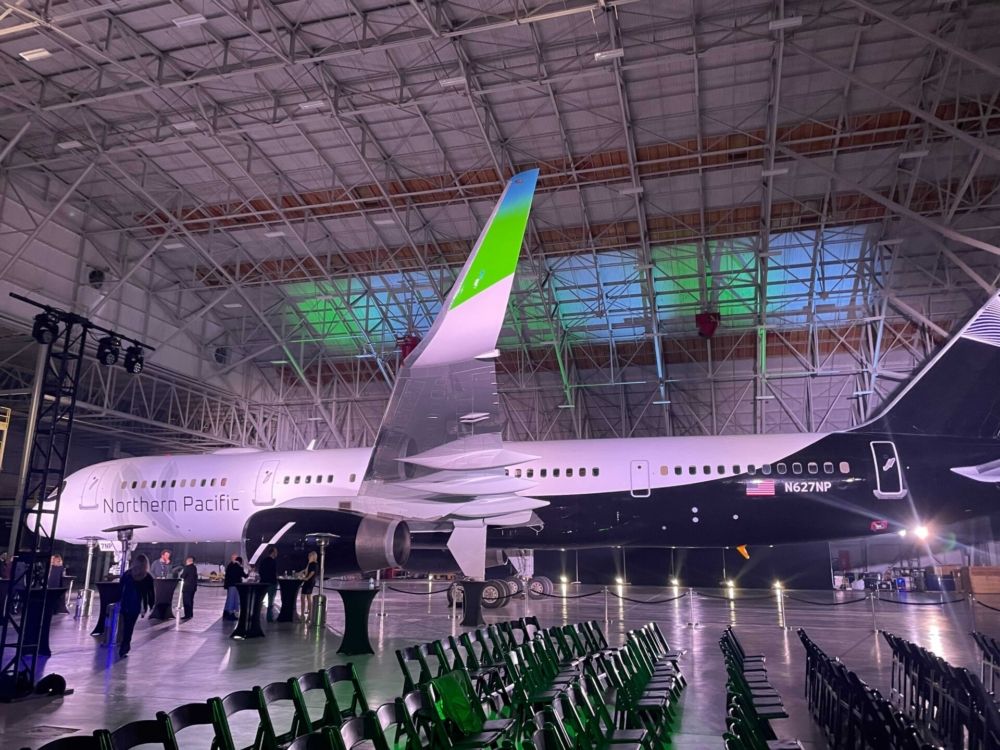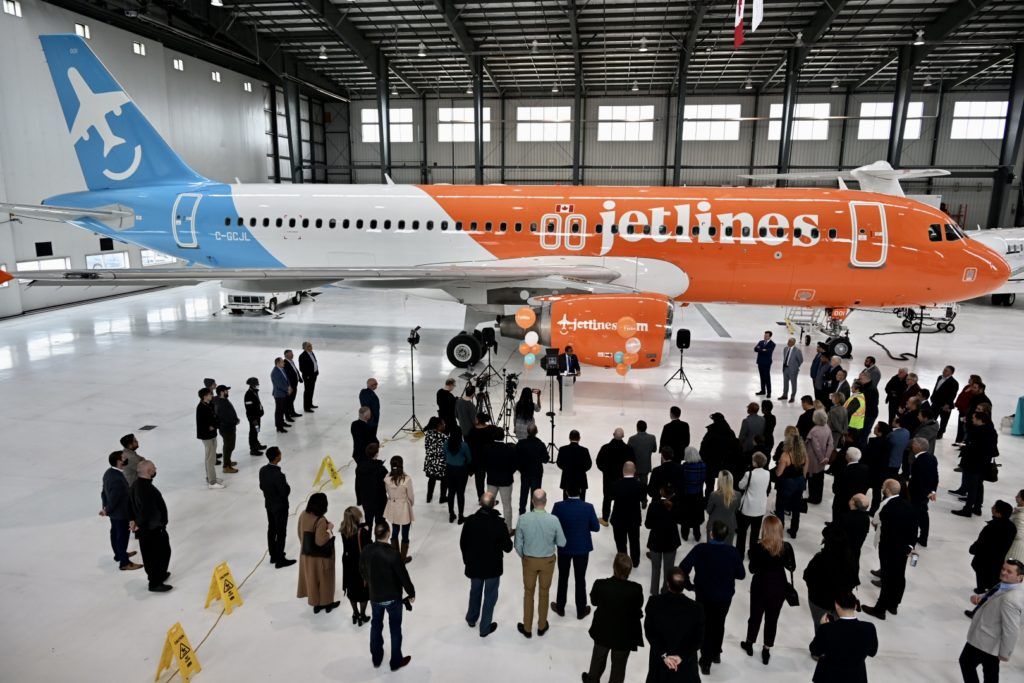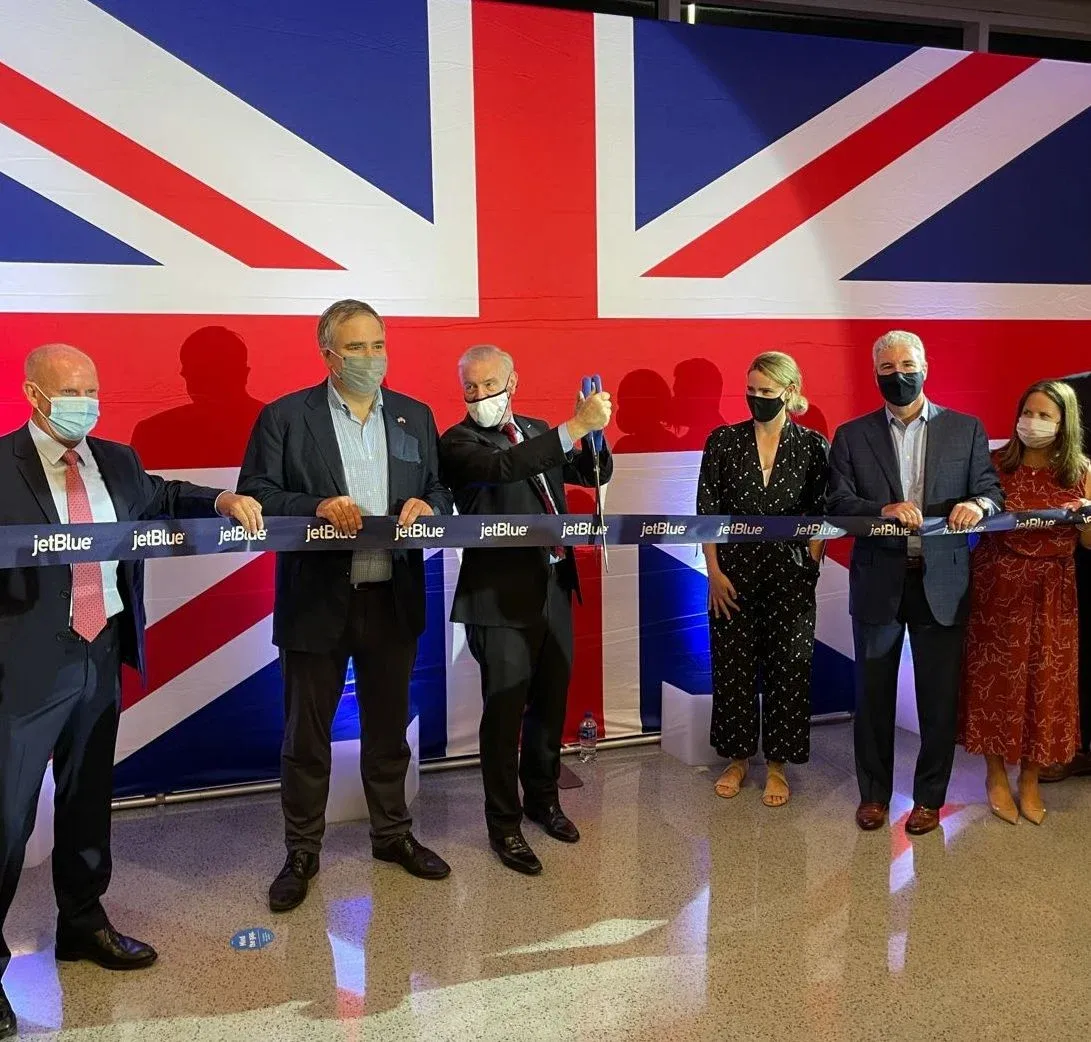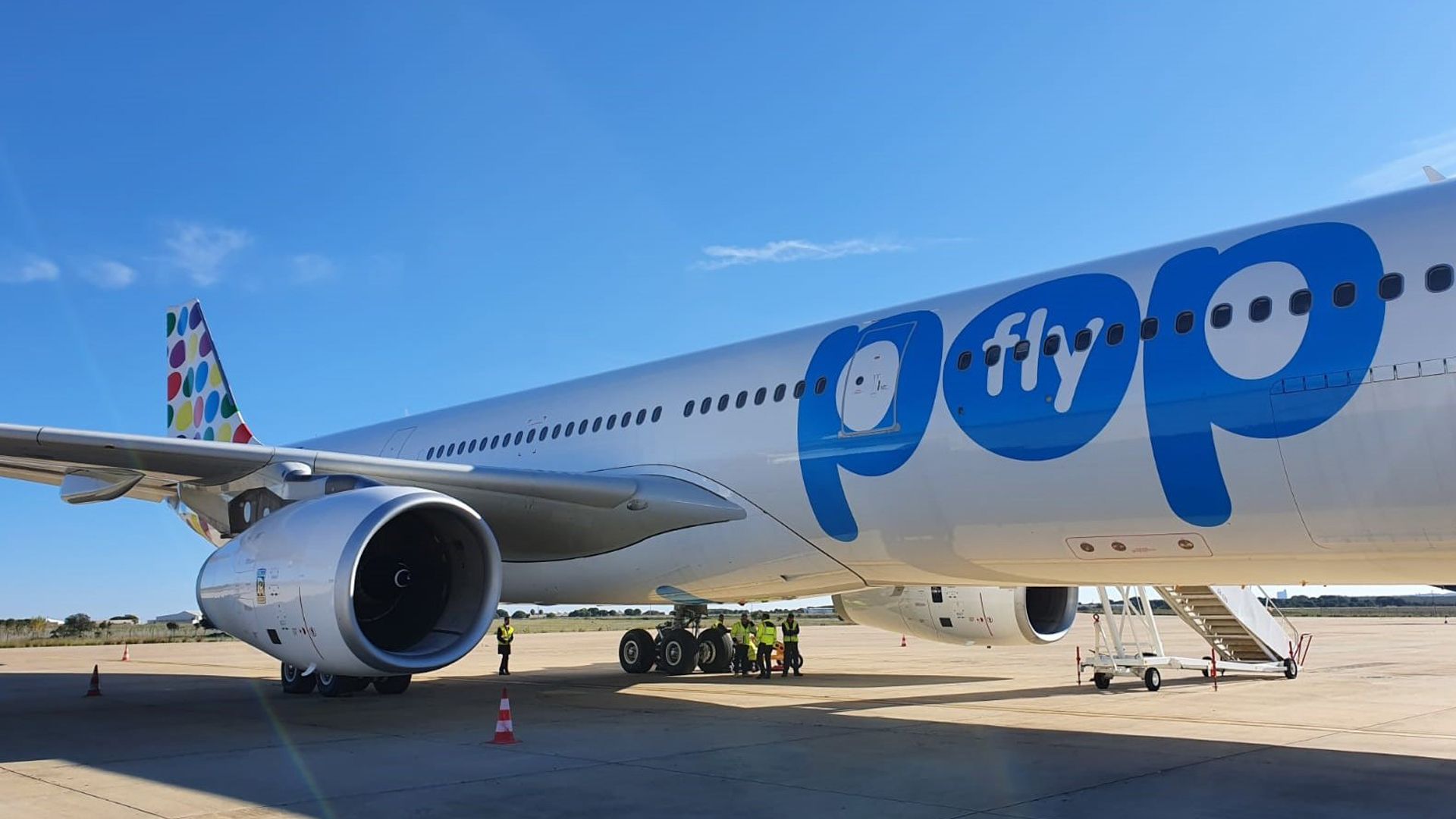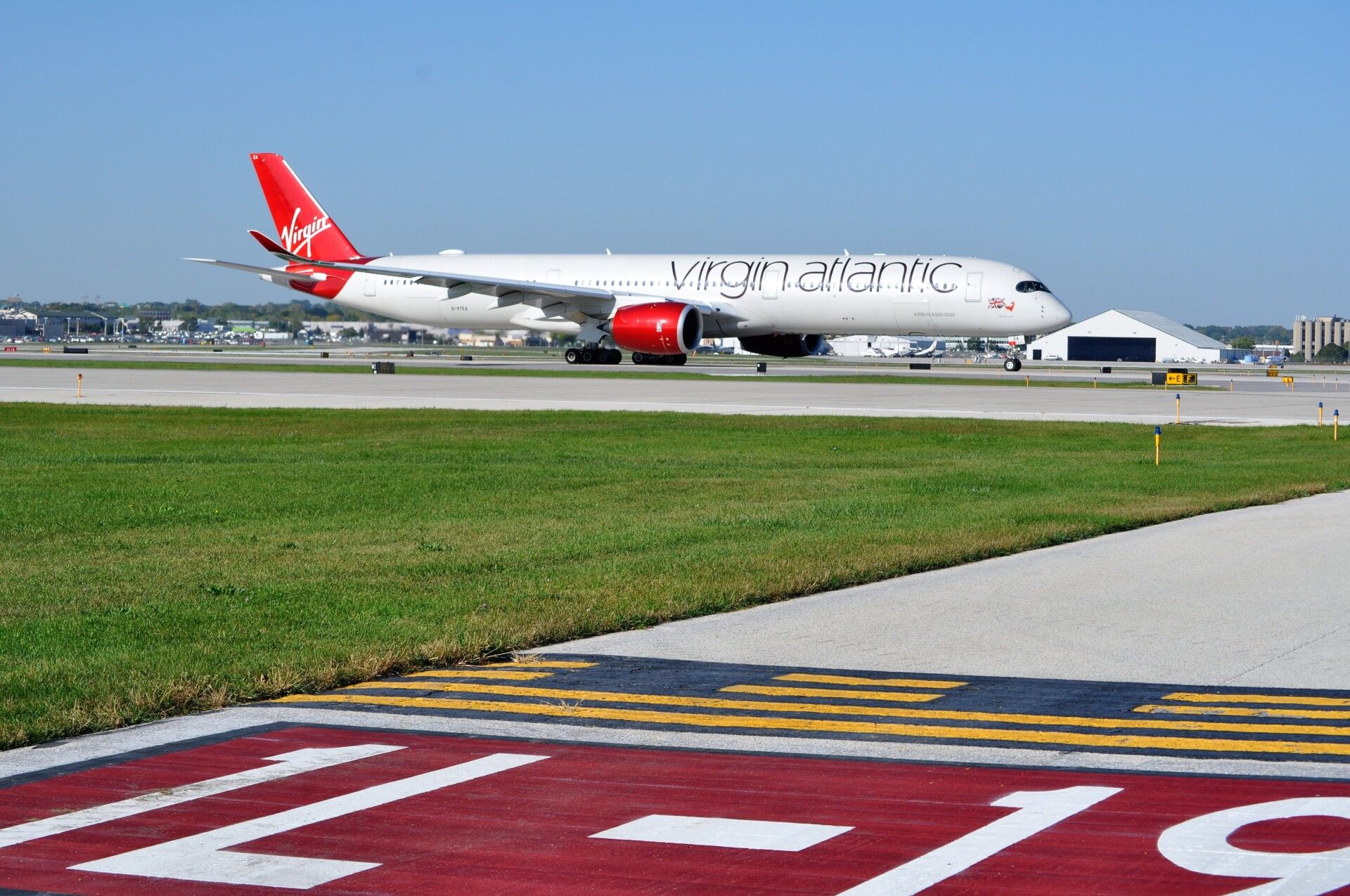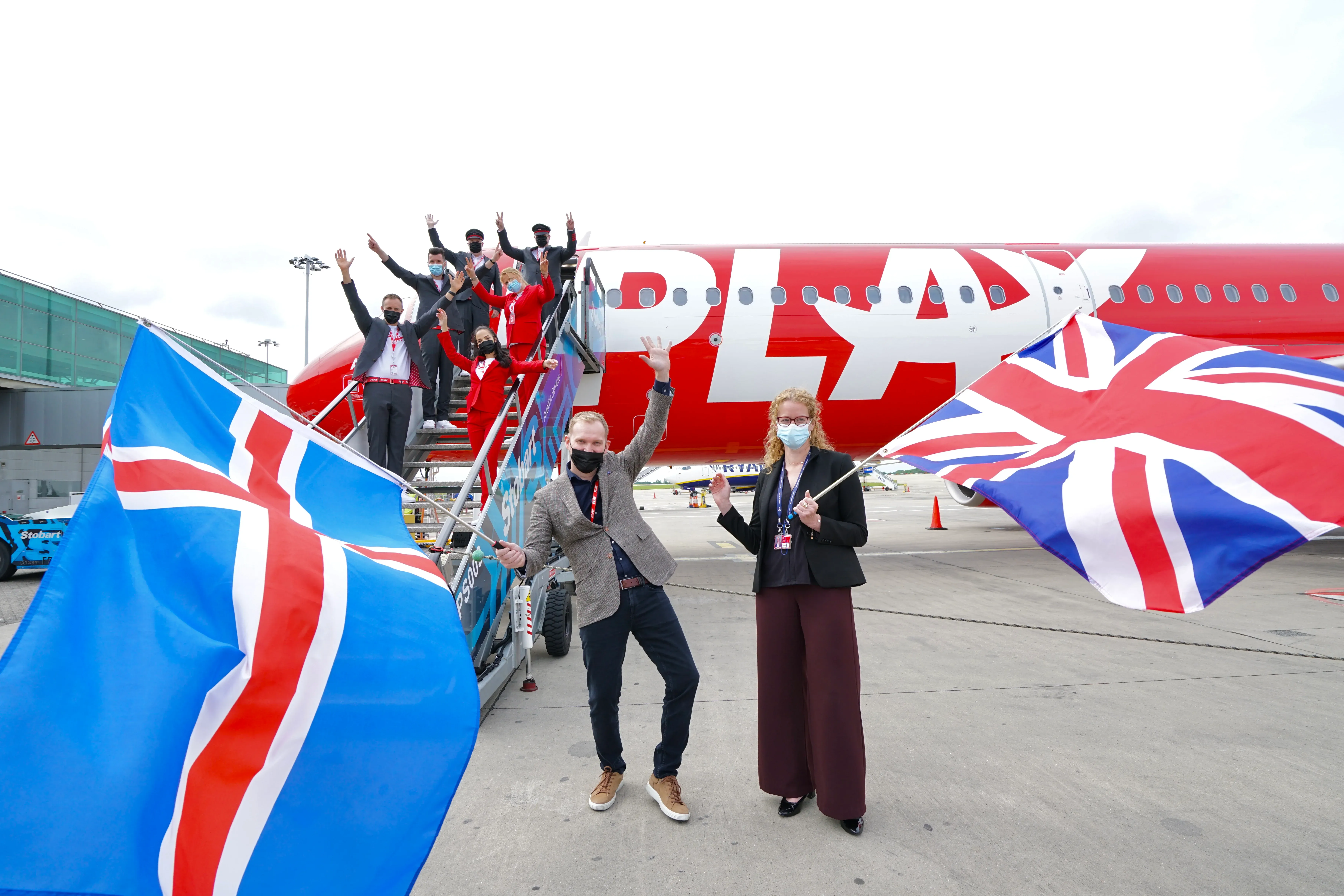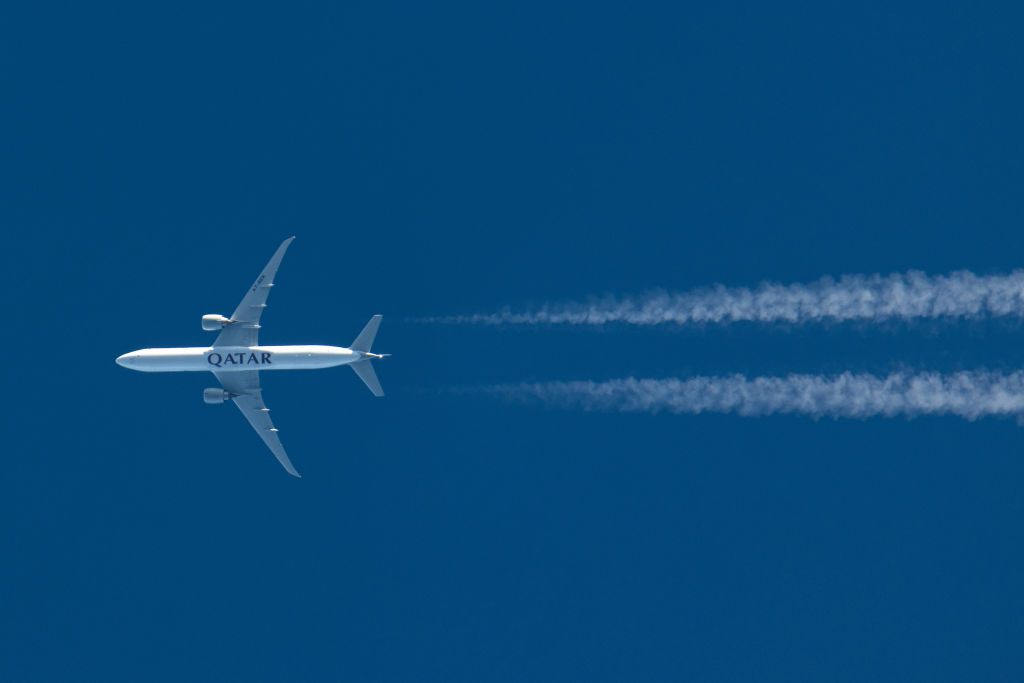After months, if not years, of planning, you are finally at the stage where you can launch your airline and start flying. The most significant moment so far, and certainly one to remember, this day will go down in your airline's history as the day it really got airborne for the first time. Let's look at how you might celebrate this momentous occasion in style.
It's time to launch
If you have been following this series so far, each part of which you can find here, you'll be well aware of how much work has gone in to get you to this point. The good news is that much of the hard work in setting up your airline is now behind you.
It's time to enjoy the fruits of your labors, at least for a short while, before the next stage of hard work begins - that is, keeping your airline profitable and safe, and building a brand and reputation that you can be proud of.
The primary task at this point will be to unveil your airline to both the travel industry and the wider traveling public. Your aim is to ignite an interest in your airline so as to spark the imagination of your potential future passengers. You must then swiftly convert that spark into forward bookings in order to get revenue coming in and start replacing some of the substantial capital outlay you have spent to date.
The approach of revenue services, whether this is carrying passengers, freight, or a combination of both, represents a watershed moment in your airline's development. It marks the point whereby your dreams are converted from existing on paper only, into a legal operating entity, with all the rights and the responsibilities that operating an airline brings.
To that end, you have every right to relish in this moment; to look back on your odyssey to date, and reflect on what has gone well and perhaps, not quite so well. But most of all, it is time to look ahead with fervor, optimism, and excitement as your new venture is revealed and bookings finally commence.
The press launch
With your first aircraft painted and polished, with your initial crew compliment smiling and ready, and with banners and flags unfurled, it is time to announce your airline, your brand, and your service proposition to the world's media.
The traditional way to perform this task is to hold a formal press launch. These are often held either at your home base airport, perhaps inside a hangar, where your first aircraft is unveiled in a dazzling display of lights, music, smoke, and even sometimes, from behind a huge curtain.
Plan to have some of your top executive team make presentations, meet those present and give extensive interview time to get the key messages out, which must include when flights go on sale and when services actually are scheduled to commence.
To this event, you will invite travel industry representatives from across the world, journalists (including at least one member of the Simple Flying writing team), airline industry executives, plus of course investors, friends, and family.
The idea is to present your new airline as something new, fresh, and different from all the other carriers your guests might have experienced before. But it is also a shop window - your primary opportunity to announce your airline on the world stage and to persuade the general public, travel agents, and other key stakeholders that your airline is worth giving a try.
After all, if you miss this opportunity, you may need to plow an additional fortune into your marketing strategy to make the same impact that executing your press launch could create - see How To Start An Airline: Part 9 - Marketing and Promotion for more on this.
You should pick a day, as far out as possible, and send out invitations to your esteemed invitees so that they can make travel arrangements to get to your launch venue. You should also ensure, as much as it is possible to do so, that your launch will not clash with other industry events.
Conversely, you might use this to your advantage - if there is a major travel convention, industry conference, or airline regulatory meeting in your country around that same time, you might actually benefit by fortuitously having a large proportion of your target audience in your country at that time in any case.
In advance of your launch event, you may have sent out teasers via social media, tipped off particular journalists or news organizations, or subtly spread the word by other means. After all, if your first aircraft has been sitting outside Boeing's factory for several weeks, resplendent in your carrier's new livery, you can guarantee that someone will have picked up on it - perhaps even us here at Simple Flying!
The focus of a press launch, however, is to dispel any rumors, or inconsistencies about your airline and set out the facts, albeit in a glitzy display that creates excitement and curiosity in equal measure. You want people to leave your launch event activated to spread your message on your behalf - that your airline is something new and different and needs to be tried.
Yet it is more than that. The launch event will be the conduit by which you must ensure that your brand and your message meet an audience as far and wide as it is possible to do. The next day, you want to see images from the event broadcast around the world, published in print media, and the talk of the town on the main social media channels.
Remember, just as we saw in Part 9, everything you can do to secure future business and a loyal following as early as possible in your airline's existence means that the marketing task can refocus as your airline develops.
So in summary, the main objectives of the press launch are to -
- Introduce your airline and its brand;
- Increase promotion and awareness of your operation;
- Commence forward bookings;
- Create a loyal early following/customer base; and
- Use the event as a start point for the final countdown to the launch of revenue services.
With these five key objectives in mind, plans a day to remember for all those invited, in addition to the millions more that may come across the coverage of it in the days, weeks, and months that follow.
Stay informed: Sign up for our daily and weekly aviation news digests.
Post-launch activities
Following a successful launch event, your main task will be to keep momentum building as you head towards the commencement of services. There are several ways of doing this, all of which serve to keep promoting your airline, and spreading brand awareness.
You might consider operating demonstration flights for media outlets, airline/travel journalists, and travel agency staff. Such flights could serve a dual purpose of operating familiarization flights for airport staff, cabin crew, and pilots, whilst showcasing your onboard service offerings to influential parties that might assist with the marketing effort.
They are also a good way of getting your airline noticed at other airports, and serve to convey a message that your airline is operational, safely flying, and already carrying passengers. Having aircraft in the air and getting noticed can all play a part to get your airline recognition increased even before you commence regular operations.
As part of this process, you might consider prize-winner flights whereby your marketing efforts elsewhere generate a list of individuals that you can reward to free flights in advance of regular operations starting.
Again, such operations can prove useful for bringing new crews up to speed on cabin service provision, provide familiarization training for flight crews, and of course, have the additional potential to assist in the building following of a loyal passenger base who may well keep using your airline in the future.
During the interim period between launch and commencing regular services, airlines have often been known to fly other types of flights too. From sub-charters for other carriers to carrying cargo in passenger holds, and from troop-carrying missions to one-off, ad-hoc charter flights, there are multiple ways to start earning revenue before your regular, planned operations commence.
One type of flight you will be required to operate is route-proving flights and certification flights with your regulatory body which has oversight of your operation. These flights may involve some of the flight operations mentioned above.
Yet, you may be required to operate empty, return leg journeys on the route or routes you intend to operate regularly, sol that the regulatory body can sign off your operating certificate permitting your airline to commence revenue operations. For more on this, see How To Start An Airline: Part 6 - Certification.
Bear in mind that any operations that your airline undertakes prior to the formal commencement of services can be a valuable way to promote your airline. But be aware of the risks of doing so, too.
Anything can go wrong on these flights (as with any) and your airline's reputation could be on the line before it even gets going. From aircraft having technical issues to poorly trained staff, and from delays or cancellations to incidents that might ground a flight, such issues can and will tarnish a new airline's brand and reputation even before it has boarded its first revenue passenger.
Two days before the inaugural flight of Virgin Atlantic on June 22nd, 1984, their airline's sole aircraft, Boeing 747-200 G-VIRG was operating a Civil Aviation Authority (CAA) approval flight from London Gatwick with hundreds of Virgin staff and crew board, along with the inspectors from the CAA.
In fact, this aircraft had only just arrived in London on delivery from Seatlle the previous day. As the aircraft climbed out from Gatwick, an engine ingested a bird and had to be shut down, forcing an immediate return to the airport.
Upon inspection, the engine required changing and maintenance crews worked through the next 36 hours to ensure that the inaugural flight went ahead on time and as planned, with 250 journalists, camera operators, and VIPs onboard. However, the world's media were alerted and the airline's skeptics had a field day.
Inaugural flights
With the press launch safely behind you and with some actual flying hours under your airline's belt, you'll be heading towards the most major event possibly in your airline's lifetime - the inaugural flight.
By this point, you should have developed a media and social following, have a firm foundation of loyal future customers avidly watching your every move, a decent amount of forward bookings in your reservations systems, and everything in place that you will need to provide the services you have been promoting for months both safety and reliably.
Some airlines prefer a soft-launch approach to operations, whereby the date of the first flight is quietly loaded into reservations systems and the event occurs with barely a whimper. Others, however, make a huge deal of this event, inviting seemingly every dignitary in the area to attend in order to milk as much additional publicity out of the event as possible.
That said, you might decide to enjoy your inaugural flight all you can. Such flights mark the pinnacle of all your hard work and that of your team and represent everything you have worked towards. It is, once again, your chance to place your new airline on a pedestal, to show it off and put on a show.
By all means, have balloons and banners, cut cakes, make speeches, and hand out giveaways to anyone passing. It is a day of celebration, for taking a breath, and for everyone involved to slap each other's backs in mutual appreciation of all that has been achieved.
Often, CEOs of new airlines will travel on the inaugural flights, speaking to the press invited along for the ride, before throwing another party at the arrival gate for all of the returning passengers waiting for the return leg flight back to base.
Again, the whole inaugural flight is an experience to be exploited for as much marketing currency as possible, so use it for all you can get out of it. Photos and footage from that day will be around far longer after the deflated balloons have been taken down, the confetti has been cleared away and the last slice of inauguration cake has been gobbled down.
Your airline itself will publicize its inaugural service for years to come, so make the event memorable, photogenic and a time-proof reminder of what it took to get this far, and all that your airline achieved to make it to its inaugural flight.
In the years ahead, as your fleet trawls its way around your network in mid-winter in the dead of night, your inaugural flight and the memories of the events surrounding that momentous day should still be able to bring a smile to your face, a warm feeling of pride in your heart, and the ability to stop, enjoy the moment and say to yourself - "I did that".
Developing your airline
As time passes by, and with good management and an eye on the detail at all times (along. perhaps, with a small dose of good fortune) your airline will hopefully build and grow. You would hope to develop a base of regular and loyal customers, good relationships with suppliers, and employ a happy, contented crew and other staff.
Your aims will be to build passenger confidence, financial security, ensure safety is maintained, and earn high levels of customer satisfaction. Your marketing strategy will evolve alongside the airline to take advantage of new technologies, grow markets, and seek out new opportunities. The life of an airline has no definitive pattern, and there is no textbook that will really tell you how to do it properly.
Much of this will rely on gut instinct working with high degrees of management skill to make it work. But as much as this might be a difficult course to steer, it should also be seen as a challenge.
The work of making your airline the best operator it can possibly never stops, and if you ever think that your airline has achieved as much as it possibly can, then quite simply, you are not looking hard enough!
In the final part of this series, we will be looking back and reflecting on what we have learned along the way. Taking in the highs and the lows of starting your own airline, we will be reflecting on the journey we started way back in Part 1 when starting your own airline seemed to be just a pipedream.
Join us one last time for 'How To Start An Airline: Part 12 - Conclusions And Arriving at Your Destination' coming soon to Simple Flying.

